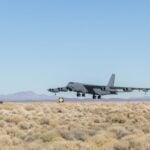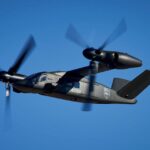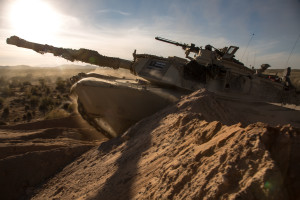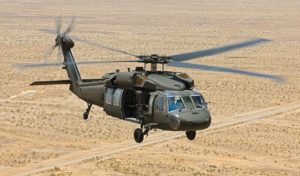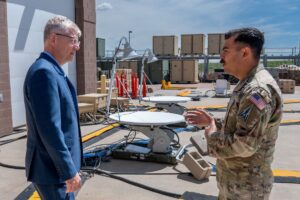
DoD is investigating the cause of a Lockheed Martin [LMT] F-35B crash on May 28, just after the plane took off from Albuquerque International Sunport, N.M. The Defense Contract Management Agency pilot ejected safely and received medical attention in Albuquerque, the F-35 Joint Program Office (JPO) said. Local news in Albuquerque reported that the pilot had sustained serious injuries. Another takeoff crash of an F-35B on Dec. 15, 2022 at Naval Air Station Joint Reserve Base Fort Worth, Texas, halted…



